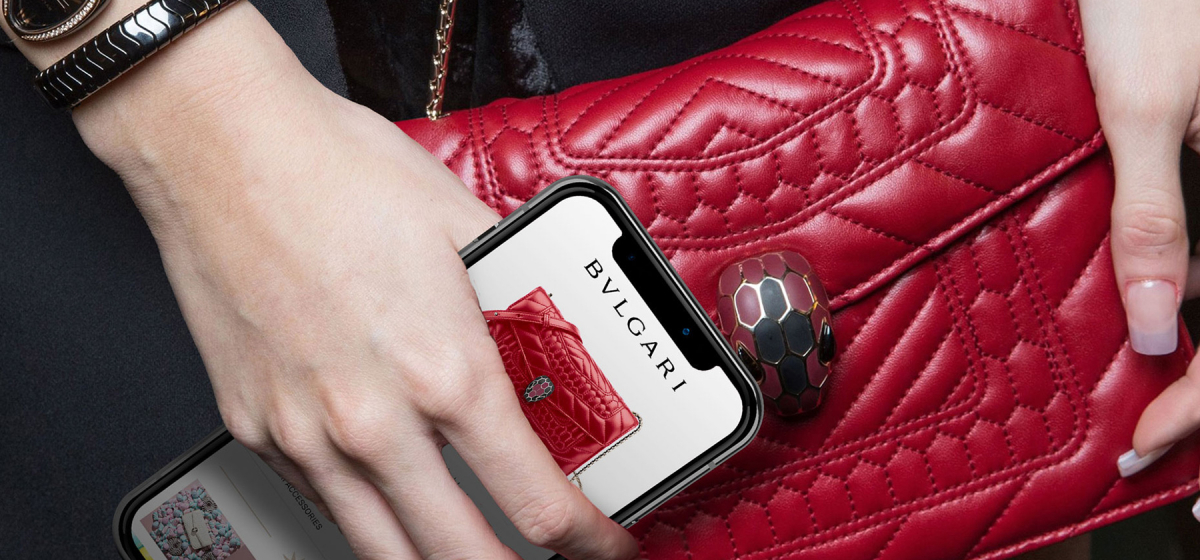IoT for the Customer Experience
Solutions for an optimized user experience
The term IoT (Internet of Things) is a neologism coined in 1999 by Kevin Ashton.
With the expression the Internet of Things we mean the application of the internet to objects and environments in order to be able to create a data exchange network.
It may seem like a futuristic concept, but it is instead a reality, a reality that we are all experiencing in today’s world thanks to the Digital Transformation process that all global markets are going through.
IoT is a technology that is increasingly occupying more space in the world so much so that the idea has generated extensions of its own basic concept, all the way to ambient intelligence and autonomous control.
We are therefore living in a world where environments are made up of objects that respond to the presence of human beings and in which objects, real or virtual, are able to communicate with each other.
In such a scenario it appears clear how the IoT for the Customer Experience can really be a winning card, which is why, according to the Connectivity Benchmark Record 2018, IT leaders are investing in Big Data Analytics (57%) and the Internet of Things (52%).
Digital Transformation is now a theme that all companies are facing in order to remain competitive on the market. Another fact that emerged from the 2018 Connectivity Benchmark Record is that almost three quarters (74%) of CIOs have started digital transformation initiatives.
Among the main objectives to be reached through the digitalization process, Customer Experience plays a by no means marginal role.
- Increase in efficiency of IT processes (83%)
- Optimization of the Customer Experience (71%)
- Efficiency increase at the business level (70%).

Retail 4.0: The New Challenges of Customer Experience in Retail
The retail world in recent decades has strongly changed due to the digital revolution that has radically changed customer behavior.
The way customers make their purchases now is strongly evolving thanks to the multiplication of touchpoints with the brand, whether they be online or offline.
The role of the store therefore has lost its centrality by becoming a chain of contact points between the brand and the customer.
In this perspective, the increasingly connected customer has developed new needs and their centrality becomes more and more important. The customer experience is at the center of the purchasing process, both online and in the physical store.
We are therefore experiencing a new phase, called Retail 4.0 in which the IoT is offering innovative technologies to use data in favor of a multichannel (or omnichannel) distribution. This allows you to align yourself alongside the evolution of consumers, who live an analogical and digital life. The consumer 4.0 buys online and picks up in store or chooses in store and receives the goods at home.
To keep up with the evolution and expectations of customers, even shops are becoming Smart, increasingly connected and communicating, offering customers solutions to consult online information: totems, tablets, interactive walls, but also solutions that allow you to acquire information and better manage the relationship with the customer.
Customer Experience and IoT: a Consolidated Duo
Customer Experience and IoT are increasingly connected concepts among themselves.
Innovative technologies able to make smart objects and environments facilitate the acquisition of data and the interconnection of all the elements that contribute to the sales process.
For example, the IoT allows you to analyze customers’ purchases to know their preferences and optimize relationships with the brand. Thanks to the analysis of these data, you can improve the customer experience of clients by encountering their needs. The IoT integrated in the Retail world will therefore contribute to guaranteeing a customer experience in line with customer expectations.
This phenomenon of strong digitalization of the retail world has opened it up to an omnichannel business, where the coexistence of different purchasing experiences is realized, maintaining a uniform image of the brand.
The frontier of Retail 4.0 is tracked by Big Data Analytics, i.e., from the extraction and analysis of sales data across all channels, online and offline, to anticipate the needs of demand and getting everything organized on time with production and product distribution, with the aim of guaranteeing fast delivery times for the orders and smart stocking of physical shops.
As Giuliano Noci states, Scientific Manager of the Omnichannel Customer Experience Observatory, there no longer exists a distinction between physical space and online space, given that now for the omnichannel consumer there is no longer any difference.
How RFID Improves Customer Experience
RFID technology is a real ally for customer experience as it helps to offer customers custom purchasing experiences, giving them the guarantee of always having what they need in stock.
This serves to reduce costs but also to sell to increasingly satisfied customers fully contented in their individual needs. In the retail sector, what makes the difference is being able to have the right product at the right time for the right customer.
A concrete example of the application of RFID technology in favor of Customer Experience is the "smart dressing rooms".
Smart dressing rooms can provide custom suggestions, such as informing the customer of the availability of sizes of the garment that they are wearing, but also providing suggestions on clothing based on the objects that they have already brought to the dressing rooms or showing customers how a dress would look in another color.
Another advantage of smart dressing rooms is the ability to trace which objects go in and then come out of the dressing rooms, using this information to understand if some articles are often tried but rarely purchased. All of this is useful information that can help you make intelligent and optimized decisions.
Related Articles
Jewellery Traceability and Customer Experience in High Jewellery
Technologies such as IoT and RFID have changed and redefined the way High Jewellery brands and products are perceived.
